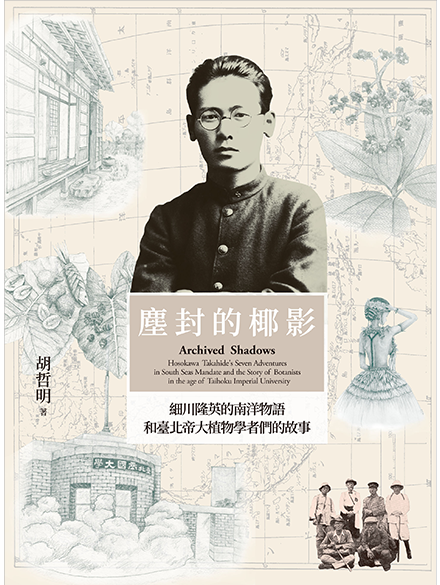The scope and promotion of animal welfare are deeply tied to both local and international considerations, with issues of animal mistreatment and exploitation inexorably affected by region-specific inequalities in terms of access to resources and by the priority given worldwide to humans in environmental and resource planning.
In this work, the author combines her experience in grassroots activism and academic credentials to successfully bridge local and international perspectives on animal welfare. The narrative fluidly weaves together field notes, cross-cultural observations, and personal reflections to expand awareness and understanding of, and inspire deeper thinking on, the subject of animal welfare.


